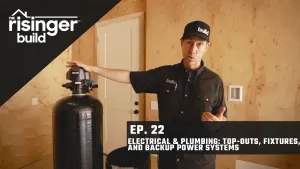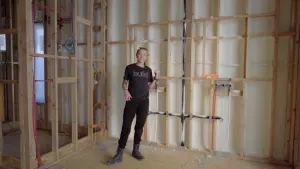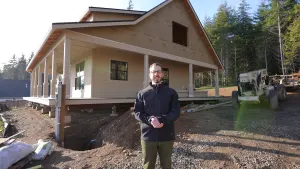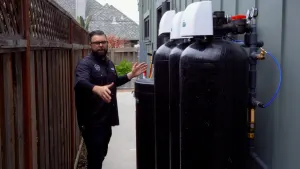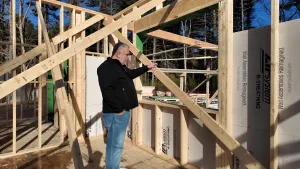Emergency Power
Register for Build Show Live 2025 HERE
Stephanie walks through emergency preparedness on a job site, focusing on backup power systems for natural disasters. The three-step process includes a solar system, a backup generator fueled by propane, and lithium iron phosphate batteries. The propane tanks are buried underground and connected to the generator via a gas line. The solar system can run the house during the day, charging the batteries, while the generator kicks in at night or when solar power is unavailable. Fire suppression systems in the garage provide added safety measures. The goal is to keep homeowners safe and comfortable during emergencies.

 Share on facebook
Share on facebook Tweet
Tweet Email
Email Share on Linkedin
Share on Linkedin





